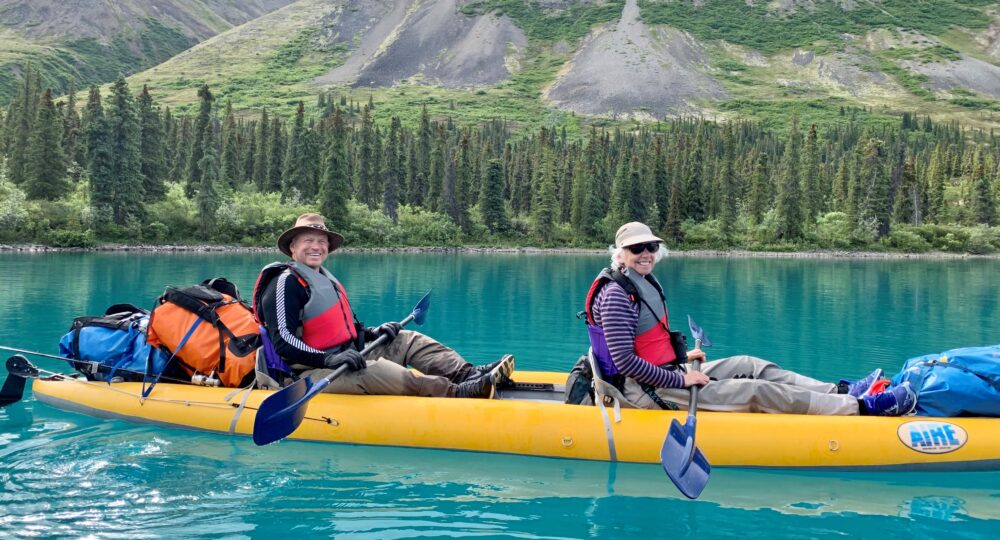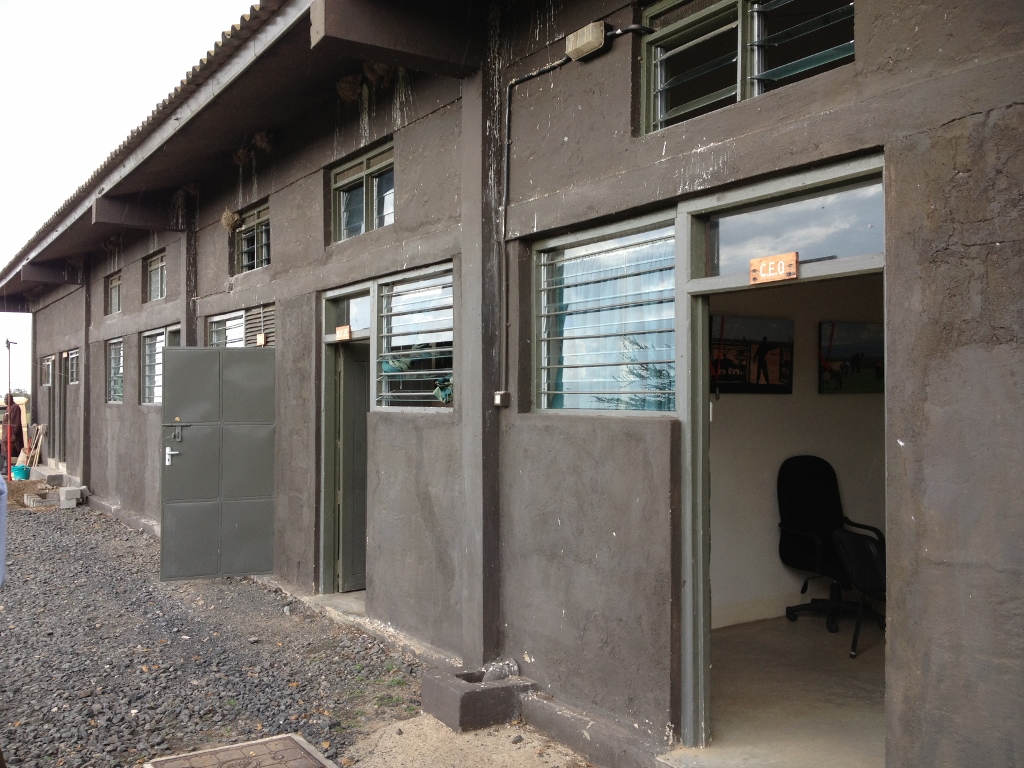If you knew what abattoir meant without having to look it up, you were ahead of me; and I now have the job of leading a livestock business. An abattoir is a slaughter house and a very necessary part of the grassland-to-market cattle supply chain.
Livestock are the backbone of the pastoralist culture and economy. Pastoralists are semi-nomadic because they must follow their cows as they forage for food. Almost 100% of pastoralists’ wealth is tied up in their animals. Whenever a family has cash they buy an animal, whenever they need cash they sell one: they sell a sheep or goat when only a small amount of money is needed – for cooking oil, grain or sugar – a cow for something major like school fees or doctor bills.
To sell a cow, a herder typically has to walk 2 – 4 days to reach a market. His already scrawny cows get skinnier and less valuable with each step. Once there the herder has no choice but to sell his cattle and is at a disadvantage to the hard-driving traders who have the cash.
NRT has developed a “Livestock to Market” business that shifts more of the profit back to the pastoralist and the pastoralist communities. NRT buys livestock out in the Conservancies reducing the distance people and cattle have to walk and we pay a fair price based on the ultimate value of the processed meat. NRT’s herders walk the cattle to Lewa – which has abundant but not particularly nutritious grass – where the cows are quarantined for about a month to make sure they don’t have any diseases. Next the cows are walked up into the lush foothills of Mt. Kenya to the Ol Pejeta Conservancy, a 90,000 acre rhino sanctuary much like Lewa. There they spend 4 – 12 months getting fat on Ol Pejeta’s rich green grass and then take their final trip to the abattoir. Because these cattle are now “fat cows” rather than “skinny cows,” they weigh more, taste better, are awarded a higher grade and fetch a higher price in Nairobi. Most of that benefit goes back to the community.
As part of my education into the beef business, I took a trip to the abattoir. Frankly, I was not looking forward to watching cows killed, gutted, skinned and cleaned. Fortunately, by the time we arrived the messy work was done. Surrounded by newly slaughtered carcasses, we discussed fat quality and meat grading; something that didn’t turn my stomach. On Tuesday I fly out with our cattle buyer, in a little two-seater airplane, to watch a NRT cattle market in Biliqo Bulesa, one of our poorest and most remote conservancies. I’ll let you know how it goes.




How many cows and sheep are lost to lions, cheetahs, and the other predators in the park? It would seem like cattle grazing would be in direct conflict with the animals in the game park. But there obviously need to be multiple uses of the land to make the whole system viable. Very interesting.
Marion
Almost no animals are lost to predators in either Lewa or Ol Pejeta. We employ pastoralist herders who are expert at beating back lions. The lions know it and pick on the impala, giraffe, zebra and gazelle. At night the cattle are kept in portable bomas (pens) and watched over by a herder. Out in the hinterlands, predators do take livestock but a very low percentage — sort of like wolf kills in Montana. NRT is working hard to convince the pastoralist that losing a few cows to lions is worth it because the lions attract wealthy tourists. Four “conservation fees” of $85 per person per day — the price of visiting a good wildlife area — equals a cow.
I now have the actual predation numbers. Out of an average herd of 700 cattle, we lose about 1.5 animals per month to lions.
Does the government or conservancy compensate the herders for their losses?
That is quite a few over a year. How many are born per year? Also of those taken by predators, are they the sick or young?
is there a max population number for lions before the impact to cattle herding is too great?
hugs
Learning so much from you about this work/culture. Kudos to you for all you are learning and contributing. 🙂